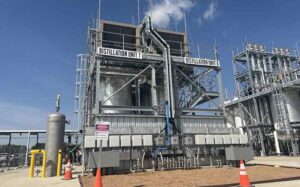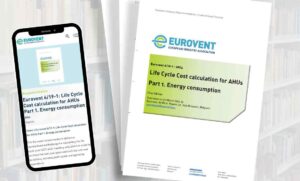Hydrocarbon gas blamed for fatal explosion
13th December 2016AUSTRALIA: A hydrocarbon refrigerant gas leak is being blamed for an explosion that killed two men working at a bar in northern Victoria in June 2014.
The inquest into the deaths of Barry Purtell (34) and Dave Lobb (52) opened on Monday in Bendigo. Mr Purtell suffered facial burns and internal injuries and died on the day of the incident. Mr Lobb died of his injuries two weeks later.
The pair were in the cellar of the Rochester Hotel when the blast occurred. The men, both smokers, were removing a refrigeration unit when it exploded. It was suggested that a cigarette lighter may have ignited a hydrocarbon refrigerant that had been retrofitted into the system.
According to the ABC News website, neither of the men were qualified in refrigeration but Mr Purtell, “a diesel mechanic by trade”, had previously worked on the unit.
It was also revealed that the system had been previously “topped up” with flammable “car air conditioning gas” around eight months earlier.
There was said to be no safety signage in the cellar at the time of the incident warning of the dangers of flammable gases, nor was there a gas sensor or fire extinguisher.
Reports in the Riverine Herald suggest the refrigerant had not been recovered from the system before the system was removed.
Giving evidence to the inquiry, John Clark, md of Melbourne-based LPG Measurement Technology, described the use of the car air conditioning gas to top-up the fridge as “inappropriate”. This, combined with the leak and the confined space of a cellar, led to an increased risk of flammability.
Strict standards and procedures exist in Australia with regards to the use of flammable refrigerants, including hydrocarbons, but these vary between states and territories. However, while those handling fluorocarbon refrigerants require a licence, no such licence is required by those using natural refrigerants such as hydrocarbons.
There are said to be over 1.2 million vehicles retrofitted to hydrocarbon refrigerants and they are widely sold as replacements for a wide range of refrigerants in applications including building air conditioning systems, commercial refrigerators and supermarket refrigeration systems.
Related stories:
https://www.coolingpost.com/world-news/one-dead-one-critical-in-fridge-incident/







